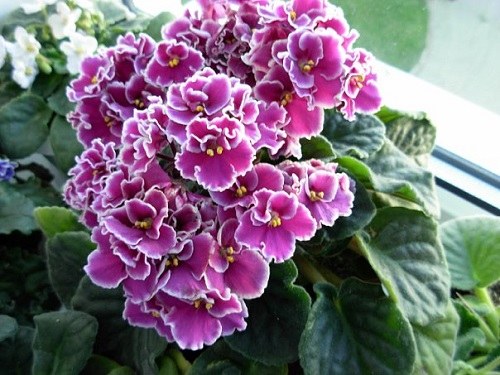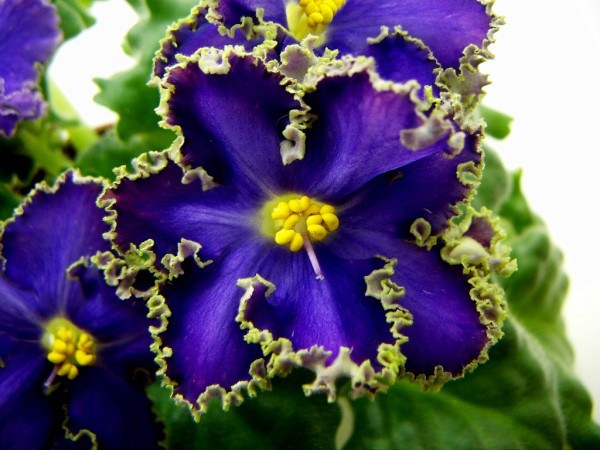Instruction
1
Lily
Spathiphyllum – the scientific name of lilies. A beautiful plant with white flowers and shiny dark green leaves prefer shady side of the room. And the presence of yellow spots-burns on the leaves of the Lily indicates that she receives more light than required. Little light but lots of moisture – the secret of growth and beauty of the flower Spathiphyllum.
Spathiphyllum – the scientific name of lilies. A beautiful plant with white flowers and shiny dark green leaves prefer shady side of the room. And the presence of yellow spots-burns on the leaves of the Lily indicates that she receives more light than required. Little light but lots of moisture – the secret of growth and beauty of the flower Spathiphyllum.
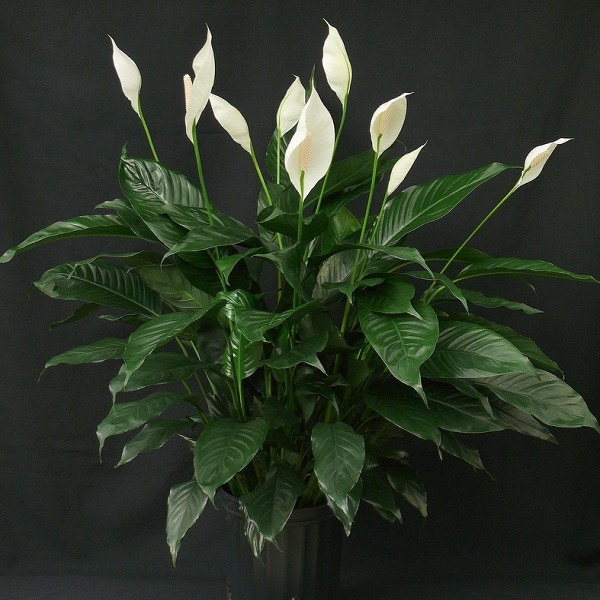
2
The zigokaktus
In many countries of the world, this flower is known as Christmas cactus, because its flowering is during the winter holidays. These flowers are quite picky as to light and to temperature and humidity. They are able to tolerate temperatures from 2°C to 38 °C, but feeling better in the range of 18°C – 30°C. Christmas cacti a rich variety of colors and shapes. In addition to the traditional red and white flowers, there are lavender, peach, yellow and orange colors. This plant is flowering in pots and hanging baskets.
In many countries of the world, this flower is known as Christmas cactus, because its flowering is during the winter holidays. These flowers are quite picky as to light and to temperature and humidity. They are able to tolerate temperatures from 2°C to 38 °C, but feeling better in the range of 18°C – 30°C. Christmas cacti a rich variety of colors and shapes. In addition to the traditional red and white flowers, there are lavender, peach, yellow and orange colors. This plant is flowering in pots and hanging baskets.
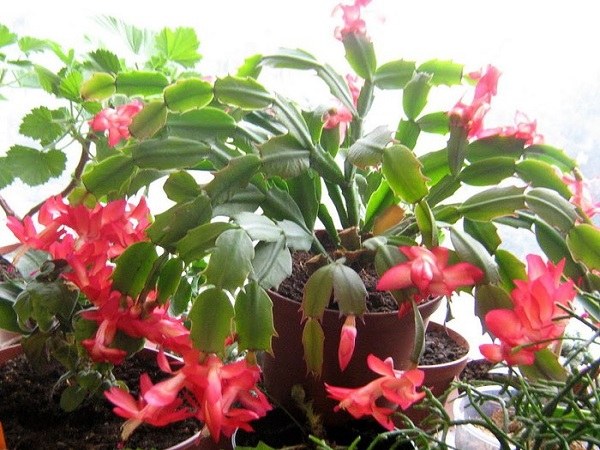
3
Saxifrage
Small plant growing from 5 to 50 cm in height pleasing to the eye with cheerful flowers and thick leaves are the right shape. There are over 370 species of these flowers, and they usually grow in dense thickets, have leaves with serrated edges. Flowers come in a variety of shades and forms, from bright yellow on short stalks, to lilac and purple on creeping stems.
Small plant growing from 5 to 50 cm in height pleasing to the eye with cheerful flowers and thick leaves are the right shape. There are over 370 species of these flowers, and they usually grow in dense thickets, have leaves with serrated edges. Flowers come in a variety of shades and forms, from bright yellow on short stalks, to lilac and purple on creeping stems.
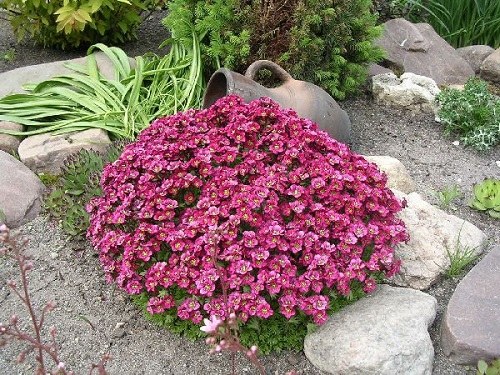
4
Maranta
Low plant, up to 20 cm in height, has large green leaves with large brown streaks in the middle and small white flowers, 2-3 in the inflorescences. Maranta sensitive to direct sunlight and to draughts and temperature changes. Requires abundant watering and frequent fertilizing in the spring and summer.
Low plant, up to 20 cm in height, has large green leaves with large brown streaks in the middle and small white flowers, 2-3 in the inflorescences. Maranta sensitive to direct sunlight and to draughts and temperature changes. Requires abundant watering and frequent fertilizing in the spring and summer.
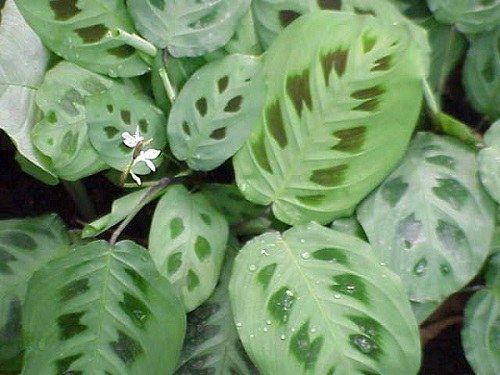
5
Cineraria
There is a large diversity of hybrid forms of cineraria. The most popular types have large round leaves that resemble mugs and double, semi-double or simple flowers, like daisies. Depending on the varieties of cineraria reaches a height of 25-70 cm, and the flowers have different colors: blue, purple, pink, orange, red and other colors. Never found the yellow cineraria.
There is a large diversity of hybrid forms of cineraria. The most popular types have large round leaves that resemble mugs and double, semi-double or simple flowers, like daisies. Depending on the varieties of cineraria reaches a height of 25-70 cm, and the flowers have different colors: blue, purple, pink, orange, red and other colors. Never found the yellow cineraria.
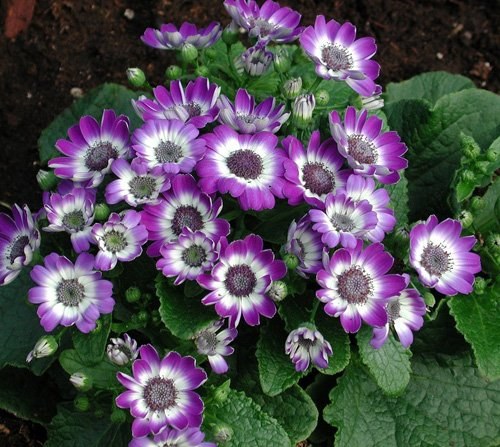
6
Violet or Saintpaulia is a favorite plant of many flowers. They delight in the diversity of flowers, leaves and shapes. Violets do not tolerate extreme temperatures and drafts. They do not require bright sun, but the lighting should be uniform on all sides, so the flower can periodically turn on the window. Through the use of artificial lighting, the violet can bloom all year round.
